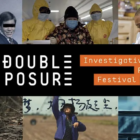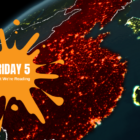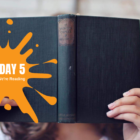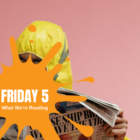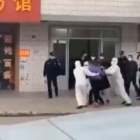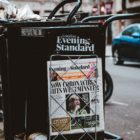Español
Double Exposure: 5 documentales de periodismo de investigación para ver
|
El festival de cine Double Exposure muestra el trabajo creativo de reporteros y cineastas que realizan investigaciones de interés público. Desde una película filmada en las salas del hospital de Wuhan hasta una investigación sobre el asesinato de un miembro de la familia gobernante de Corea del Norte, aquí hay una lista con cinco de los principales documentales de investigación presentados en el festival de este año.
